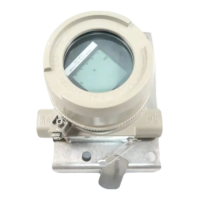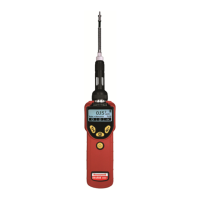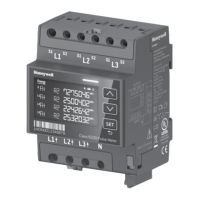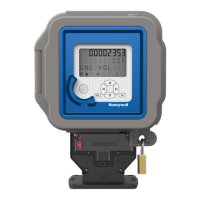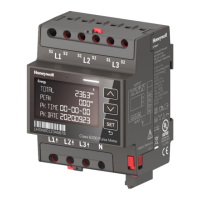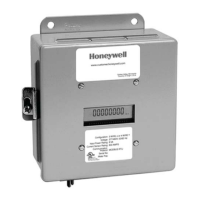73022344 o
•
EPC: Electronic Pressure Control for adjusting the pressure of the analytical column
•
Channel Controller: electronic circuit which controls the communication between AMI
and Processor Board, and also controls the EPC (Electronic Pressure Control) and
valves needed for the control of the internal gas flow circuit.
Both AMI and Channel Controller have their own EDS (Electronic Data Storage) which
stores the local configuration parameters. This enables to swap to channels without a
need for reconfiguration, uploading the internal settings is sufficient to fully install a new
channel in an existing unit.
The Analytical Module uses different columns for different applications. In the EnCal
3000 two columns are used:
•
HSA column (HaySep), for the analysis of N2, CH4, CO2 and C2H6
•
5CB column 4m or 8m, for the analysis of the higher hydrocarbons (C3H8 up to C8H18
or up to C9H20)
For devices build before 2008 the 5CB-4m channel was used for the analysis up to C6+
and the 5CB-8m channel just for the analysis up to C9. Since 2008 the 5CB-8m
becomes used for both options, the main reason for this change is that the separation
of the peaks especially for n-butane and neo-pentane is better for the 8m long column.
Another possible Channel configuration for the special application biogas is:
•
M5A column (molesieve), 10m long, for the analysis of H2, O2 and N2.
•
PPU column, 10m long, for the analysis of the hydrocarbons (CH4 up to n-C4H10) and
CO2
Another possible Channel configuration for the analysis of hydrogen and natural gas is:
•
COX column, 1m long for the components (He), H2, N2, CH4, CO2 and C2H6
•
5CB column, 8m long for the higher hydrocarbons (C3H8 to C9H20)
In the biogas-application for the M5A column, two additional internal humidity filters are
required, which are mounted on the module. These filters are used to reduce humidity to
a minimum. Humidity can penetrate by diffusion of air into the analytical column.
Without the filter, this humidity would reach the analytical module and be absorbed by
the column material. Therefore, the retention times of the measured components would
reduce always so that the separation of the measured components is deteriorated and
a heating up of the column would be required after about 3 months.
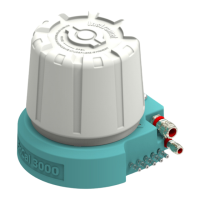
